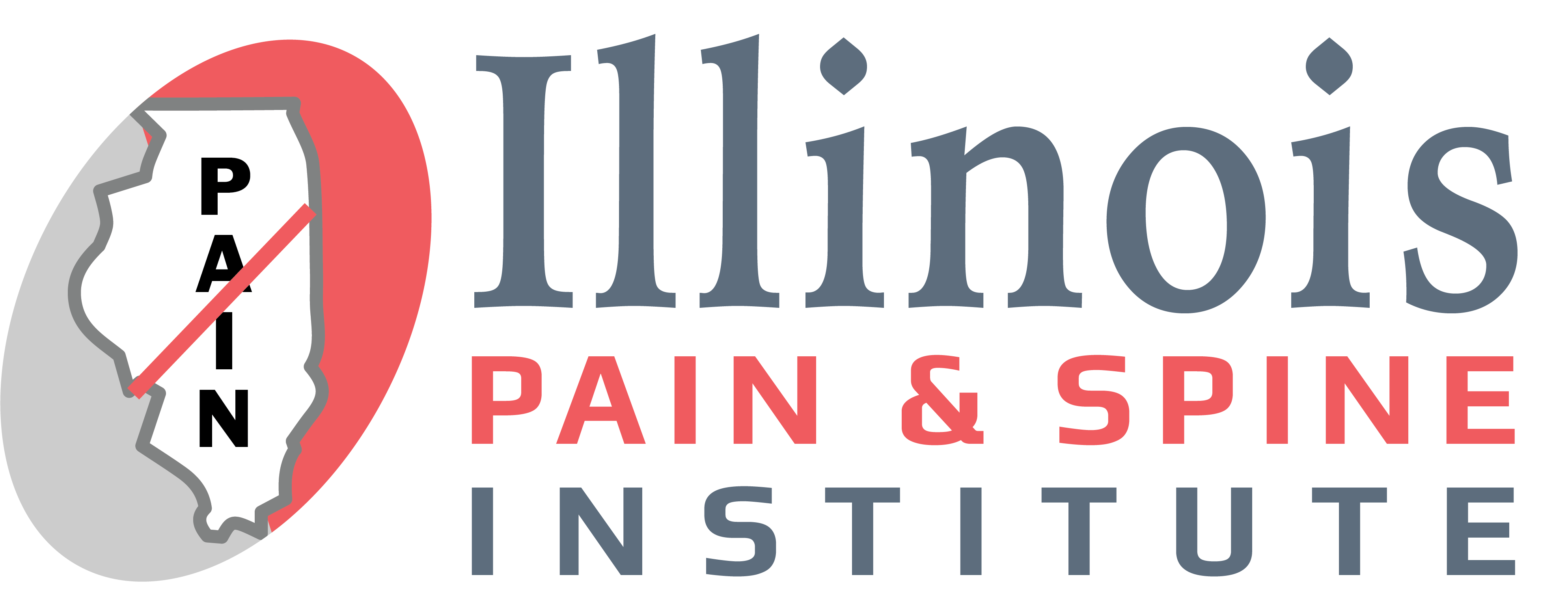27 Feb Why Is It Best To Avoid Surgery Whenever Possible?
Close to 50 million surgeries are performed every year in the United States. As the population continues to grow every year, and live longer every year, it seems the amount of surgeries continues to rise. However, surgery comes with a host of potential complications, risks, and side effects. As medicine advances, one of the focuses has been on prevention and alternative treatment methods to help patients, especially those in old age, avoid surgery in the future.
Surgery began as a very invasive specialty. Every surgery required a patient to be cut open, and often, the results were not as positive as expected. However, as surgery advanced, it became less and less invasive. Minimally invasive surgery is now an option for many patients. This includes making a few small incisions at the surgical site as opposed to cutting a person open. As a result, the risk of infection and complications are far less, and the patient has a significantly shorter recovery time.

Surgery is rarely the first option. In fact, surgery is typically only the first option in emergency situations. Even within the surgical field, there has been a move towards less invasive treatment options. When patients present with ailments or pain, physicians will try to point them in directions other than surgery for treatment. This could include everything from prescription medication to physical therapy. Surgery is used as a last resort because it is not guaranteed to offer full relief, and it comes with serious risks. There are risks to going under anesthesia; there are risks with being open on the table; there are risks with scaring and recovery. In addition, the older a person is, or the more overweight a person is led to even more risk of complications.
As medicine has advanced, and ailments are better understood, there are more alternative treatments available to patients. This began with medication, physical therapy, and cortisone injections. Medication can help control pain in the short term, while physical therapy is frequently enough to help a patient regain strength and normal movement in the affected area of the body. There are acupuncture and chiropractors. There are all kinds of treatments patients can try before, resulting in surgery. Most recently, stem cell therapy or regenerative therapy have been frontrunners in the quest for surgical alternatives. Harnessing the body’s own healing powers makes regenerative therapy even safer than non-invasive alternatives.
Surgery is dangerous, no matter which way you cut it. Even the most skilled surgeon working on the simplest of cases comes with a host of risks, complications, side effects, and unknowns. Each person’s body is different and will react to the factors of surgery differently. In addition to all the risks, surgery is not even guaranteed to help solve the problem in the first place. If patients are able to use surgical alternatives such as medication, physical therapy, or regenerative therapy, they will likely see improvement without a high level of risk. Surgery should be avoided as much as possible and only be used as a last resort option.

